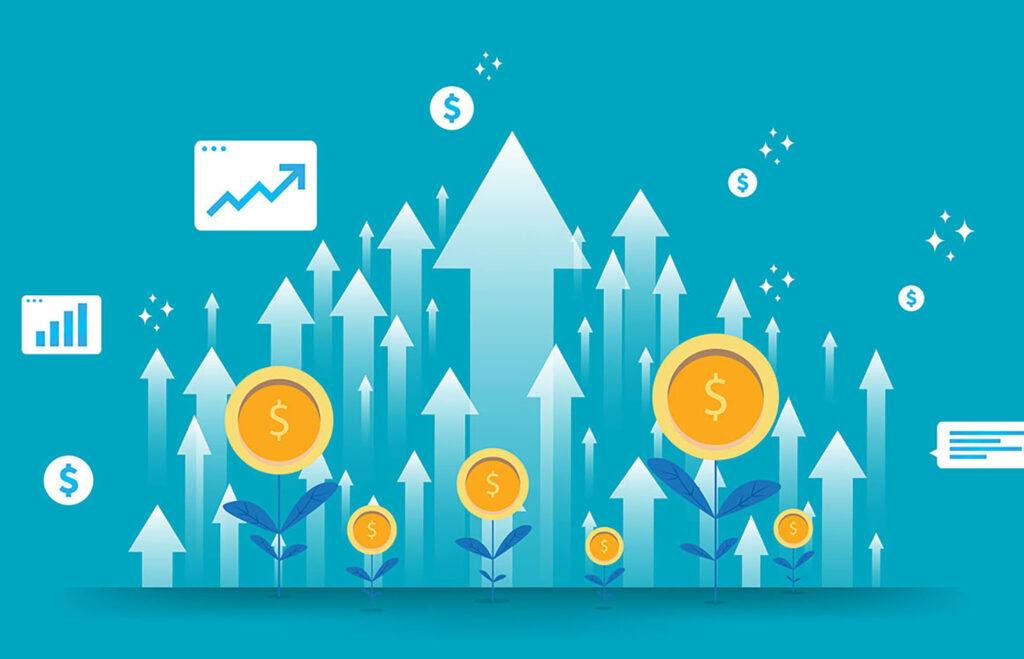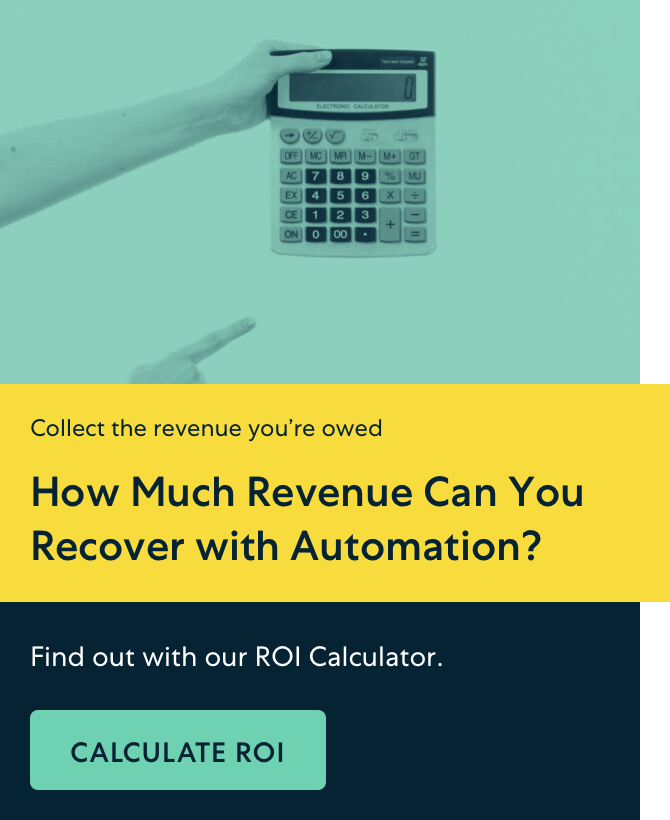What’s the best way to grow your SaaS business’s recurring revenue quickly and consistently?
Pulling in new logos expands your customer base along with your monthly recurring revenue (MRR), while farming your current customers with upsells and cross-sells can do the same to your revenue in a quicker and often less demanding way.
Of course, there’s a limit to how frequently you can farm the same customers.
The answer is, perhaps obviously, you’ll need to do a bit of both to ensure your success. But the questions then become:
- how do you balance one against the other, and
- how much time, budget, and staff should be committed to each strategy?
Finding the optimal mix for your SaaS business depends on a few things.
- Your business goals
- Your cash flow
- Where you currently stand with acquisition, expansion, and customer satisfaction
These considerations and more all feed into the decision-making around your recurring revenue growth strategy.
To get started, you’ll need to understand how expansion and new logo revenue streams each contribute to an overall recurring revenue growth plan for SaaS business models.
Expansion revenue: an effective and fundamental strategy
While more customers = more revenue, it’s no secret expansion revenue from existing customer relationships is critical to healthy SaaS growth. Recurring revenue comes not from new sign-ups, but rather from customers that stick around instead of churning.
Building more value into your subscription service with upgrades and add-ons ensures your business meets growing customer needs so you can grow alongside them.
Don’t take our word for it.
Patrick Campbell at ProfitWell says 30% of SaaS revenue should be from expansion. Too much energy is put into acquisition, he explains, with 7 of 10 SaaS executives rating net-new growth as their top priority.
“True growth in SaaS doesn’t come from new customers, it comes from existing customers,” Campbell insists.
We’ve talked about using expansion revenue to offset churn before. Some ways SaaS leaders can maximize recurring revenue growth with expansion revenue include:
- upselling
- cross-selling
- add-ons
- using promotions or discounts to encourage upgrades
- making upgrading easy
- adding premium account features customers want
- enabling business-wide adoption of your product, and
- rethinking your ideal customer.
Expansion revenue makes less budgetary demands on your SaaS business than acquisition. Marketing, sales, and engineering are also easier when directed at a receptive audience of existing customers. New customers are simply tougher to get than upgrades, making the development of your expansion revenue stream an attractive strategy.
See expanded recurring revenue at work
Expansion revenue in the SaaS business model is happening all around us.
Everyone from Amazon to Apple uses tactics like offering add-ons or additional services and products at checkout, kicking off expansion even while acquiring new customers.
Dropbox is a SaaS brand well-known for fully leveraging recurring revenue growth. The digital storage provider uses a freemium pricing strategy to acquire customers, suggesting an upgrade to a paid subscription when a user’s free space is used up. If their space fills up again or their needs otherwise expand, Dropbox again suggests an upgrade.
The company’s dominance in the SaaS world is undeniable. Yet, it’s conversion rate is a measly 2.2%. This is what we mean when we say every business’s approach to recurring revenue growth will be different. Two percent may not make a big difference for some SaaS brands, but it’s a revenue model that certainly worked well for Dropbox.
Over at marketing platform Terminus, CEO Tim Kopp increased revenue retention by 30 points in just two quarters.
His secret? Strong customer-facing teams, clear internal processes, and providing products their customers asked for.
Acquisition: a company is nothing without customers
To win at recurring revenue growth, you can’t just focus on expanding existing accounts. Expansion by itself isn’t sustainable because some level of churn is unavoidable.
New, good-fit customers ensure longevity.
Andy Mura at customer support platform Userlane says acquisition boils down to three elements: brand, product, and customer success.
“Some of the largest companies in the market often mention referrals as their main source of leads. That’s because customers identify themselves with their brand identity, realize that they’ve improved their lives by effortlessly implementing and using the company’s product, and know that such companies will always support and help them achieve their goals,” he said.
To play like the big brands, SaaS leaders need:
- a dedicated acquisition strategy separate from—but complimentary to—their expansion strategy
- good-fit leads that are more likely to stick around and upgrade, feeding into your MRR expansion strategy, and
- high customer-satisfaction so customers recommend your product to their peers, generating more acquisition.
Achieving this requires dedicated effort.
Rather than splitting your team’s attention between these two different-yet-related goals, try allocating resources in a way that lets team members focus on specific acquisition tasks.
Smart acquisition secures recurring revenue
A SaaS business that certainly has bragging rights in acquisition is Canva. The platform acquired over 15 million users in less than seven years. Two million signed up in just the first two years.
Canva accomplished this by:
- tapping into demand for design products that were easier to use than existing platforms
- prioritizing ease-of-use and a frictionless experience for customers
- building a strong SEO website with a targeted product page, and
- offering affordable plans within their target audience’s budget.
Now valued at $15 billion, it’s hard to argue with Canva’s strategy.
Over at SaaStr, Jason Lemkin reports on the rapid growth of Five9, a cloud call center platform recently acquired by Zoom for about $15 billion. Five 9’s growth is thanks to taking on more enterprise customers and new logos, but also by increasing customer retention and upsells.
Clearly, acquisition and expansion revenue go hand-in-hand when it comes to recurring revenue growth.
Take action on acquisition and expansion to grow recurring revenue
According to McKinsey, SaaS businesses with 20% growth still have a 92% chance of disappearing in a few years. Even 60% growth only secures a 50/50 chance of survival.
An effective recurring revenue model requires a two-pronged approach that includes both expansion and new logos.
Customer Imperative suggests reviewing the following areas of your SaaS business to optimize growth.
- Pricing model
- Product strategy
- Customer engagement model
- Customer feedback
- Customer usage patterns
Most of these areas focus on existing customers and their user experience. Some, such as the pricing model and product strategy, play important roles in acquisition.
The final verdict when it comes to splitting the acquisition vs. expansion effort may come to this.
- New logo acquisition will need a bigger budget, with heavy focus on finding and nurturing good-fit leads through targeted marketing. Marketing and sales will work hardest here.
- Expansion revenue will demand more ongoing and dynamic work. Listening and responding to customer feedback and requests is critical to creating add-on features customers want, reworking plans, or otherwise creating additional value to increase revenue. For this reason, customer support and product development play crucial roles.
Finding the right balance for your SaaS business will take careful consideration. While expansion revenue has the potential to combat churn, you can’t expand without a viable customer base.
Reflect on your SaaS business model and business metrics to determine how to best allocate your time, energy, and resources into each strategy.
FAQs about Recurring Revenue Growth
Q: What is the most efficient method to increase a SaaS business’s recurring revenue?
Increasing a SaaS business’s recurring revenue efficiently can be achieved through a balance of acquiring new customers (logos) and promoting upsells and cross-sells to current customers (expansion revenue).
Q: How should a SaaS business allocate resources between customer acquisition and expansion?
The ideal allocation of resources between customer acquisition and expansion depends on business-specific factors such as current state of acquisition, expansion, business goals, and customer satisfaction.
Q: How does expansion revenue contribute to a SaaS business’s growth?
Expansion revenue from existing customer relationships contributes significantly to a SaaS business’s growth. It entails recurring revenue from customers who remain with you rather than from new sign-ups. This can be achieved by providing value to your subscription service with upgrades and add-ons.
Q: Why is acquiring new customers important for a SaaS business’s recurring revenue growth?
Acquiring new customers provides a company with fresh leads that may turn into loyal and long-term customers. These good-fit customers add to the company’s longevity and are often more likely to recommend your product to their peers, further boosting customer acquisition.
Q: What are some ways to maximize recurring revenue growth with expansion revenue in SaaS business?
SaaS businesses can maximize recurring revenue growth with expansion revenue by using strategies such as upselling, cross-selling, offering add-ons, providing promotions or discounts to encourage upgrades, making upgrading processes easy, and adding premium account features that customers want.
Q: What is the importance of a dedicated acquisition strategy in a SaaS business?
A dedicated acquisition strategy ensures attracting new customers is separate from – but complimentary to – their expansion strategy. It focuses on attracting good-fit leads who are more likely to remain loyal to the brand and enhancing customer satisfaction.
Q: What strategies led to the success of Dropbox and Canva in recurring revenue growth?
Dropbox used a freemium pricing strategy to attract customers, offering upgrades when users exhaust their free space. Canva, on the other hand, tapped into the demand for design products, ensuring ease of use, strong SEO on its website, and offering affordable prices for their target audience.
Q: Why do SaaS businesses need both acquisition and expansion revenue for recurring revenue growth?
Acquisition provides new customers and expansion nurtures existing customer relationships, so both are crucial for balanced recurring revenue growth. In combination, they ensure a continuous pipeline of revenue and customer satisfaction.
Q: How can a SaaS service optimize growth?
To optimize growth, a SaaS business should review areas like pricing model, product strategy, customer engagement model, customer feedback, and customer usage patterns. These areas mainly focus on existing customers and their user experience.
Q: How do marketing and sales contribute to new logo acquisition in a SaaS business?
In new logo acquisition, marketing and sales roles are critical. They require a larger budget, with a heavy focus on finding and nurturing good-fit leads through targeted marketing strategies.








